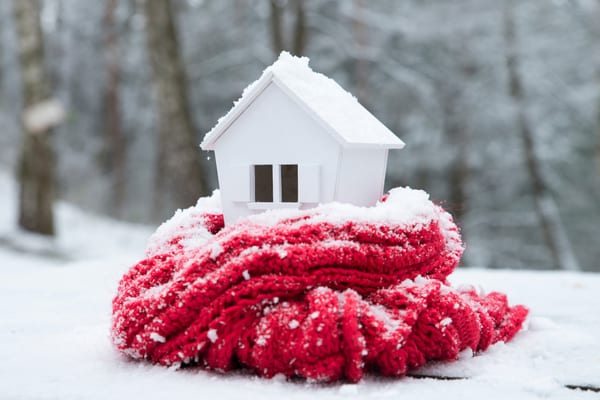A wave of chilly air swept across the Northeast and Midwest just in time for the arrival of astronomical autumn, which started on September 22, but the arrival of astronomical winter on December 21 may not start in a similar fashion.
As AccuWeather reports, residents across the Northeast and Midwest will experience a few winter previews in November and December as waves of cold air dive down from Canada, but the biggest blasts of cold air will hold off until later in the winter. The clash of cold air with lingering warmth could spark an out-of-season severe weather event in the Midwest or Ohio Valley late in November or in December.
These atmospheric ingredients will also be present to generate some early-season snow, but this will not be an indicator of how the entire winter will play out, but instead, the start of a bookend winter in terms of snowfall.
“I think going forward, even though we’re in the La Niña [phase], it may be just too mild at the middle part of the season to get a lot of frequent [snow] events,” Pastelok explained.
Snowfall for the season as a whole is likely to be below normal for most of the central Appalachians, Ohio Valley and interior mid-Atlantic, but precipitation could end up above normal with a few all-rain events likely to unfold throughout the winter.
Lake-effect snow will be less prolific in the eastern Great Lakes, including areas around Buffalo, New York; Erie, Pennsylvania; and Cleveland. Farther west, near- to above-normal lake-effect snow is expected.
According to AccuWeather, outside of that region, New England is one of the only areas east of the Rocky Mountains where snowfall could end up being above normal. The snowfall totals will be boosted by a few nor’easters, with January and March bringing the highest chances of powerful coastal snowstorms.
Boston may end up being the only major city along the Interstate 95 corridor that finishes the winter with near-normal snowfall. AccuWeather long-range forecasters are predicting that 40 to 50 inches will accumulate in the city, around the average snowfall amount of 49.2 inches. Last winter, Boston finished the season with 54 inches of snow with 23.5 inches falling during a blizzard on January 29.
In cities such as Washington, D.C., the emphasis is not on how much snow will fall, but on how often snow makes an appearance. Last January, accumulating snow was observed on just four days throughout the month, amounting to 12.3 inches. This accounted for 93% of all of the snow that fell in the nation’s capital throughout the entire winter.
This winter, AccuWeather is predicting that Washington, D.C., will experience accumulating snow on only three to five days throughout the season with total accumulations amounting to 6 to 10 inches, just below the average of 13.7 inches. Even when it does snow during the week, the impacts on daily routines may not be the same as they were a few years ago.
According to NBC News, as students were heading back to the classroom for the start of the new school year, New York City School Chancellor David C. Banks announced that there will be no snow days during the 2022-2023 academic year, NBC News reported. “With the new technology that we have — that’s one of the good things that came out of COVID — if a snow day comes around, we want to make sure that our kids continue to learn.”
This controversial move is not being adopted across the board, with Philadelphia School District spokeswoman Christina Clark commenting on the matter shortly after the news broke about the decision made by the New York City schools. Clark said that in some instances, remote learning could be a possibility in the event of inclement weather, according to LocalToday. However, “in emergency situations where schools cannot adequately plan or prepare for distance learning, the district may close schools entirely,” Clark said.
AccuWeather is forecasting seasonal snowfall totals of 18-23 inches for New York City this coming winter and 14-20 inches for Philadelphia, both of which would be below average for those cities.
—
Photo Credit: Kishiva / Shutterstock.com
